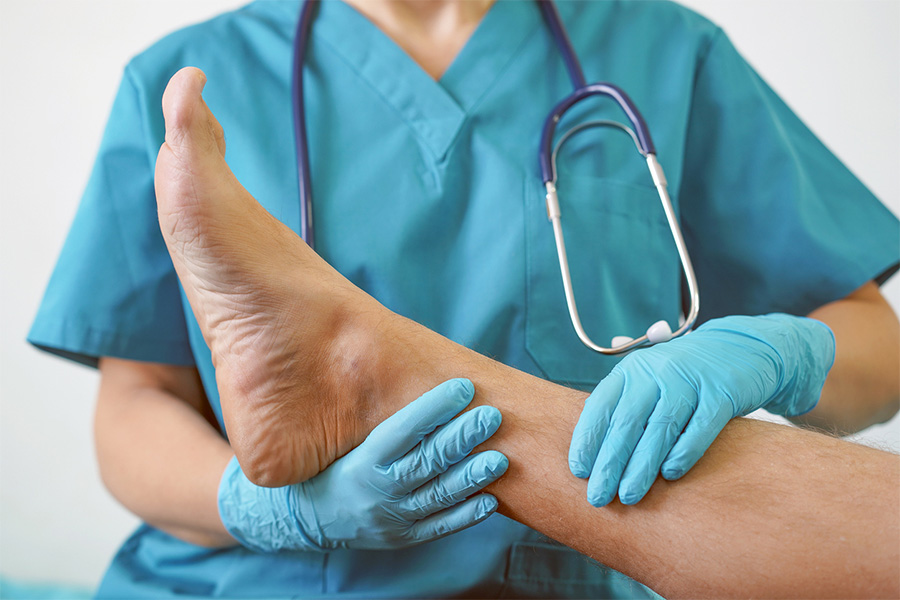Podiatry is the treatment of disorders of the foot. A doctor of podiatric medicine (podiatrist) is a specialist who is trained in the medical treatment of feet, particularly diseases and injuries that affect the foot and its ability to function. A podiatrist has thoroughly studied the relationship between the foot muscles and related bone structure, and how they work together.
The physician also assesses other internal medical conditions affecting the feet, such as diabetes. Diabetics must pay close attention to foot care. After assessing the patient’s condition, the podiatrist can recommend surgery if necessary.
What Is Reflexology?
Reflexology deals with the feet and also the hands. The idea behind reflexology is that systems throughout the body are related to, and affected by, specific reflex areas in the hands and feet.
When these areas receive pressure massage, then it is believed that the corresponding body part becomes more relaxed and has a healing response. The primary purpose of reflexology is to reduce stress.
Research by the University of Minnesota has also noted additional benefits of reflexology – not only reducing pain, but also relieving depression and other psychological symptoms.
Reflexology vs. Podiatry
Whereas podiatrists have a doctorate in podiatric medicine (DPM), a reflexologist is trained in certain massage-type techniques and is not a medical doctor. A podiatric education allows a podiatrist to prescribe medications, reset bones, and perform foot surgery.
Like a reflexologist, a podiatrist is licensed by the state in which they practice. Some of the conditions that podiatrists treat include:
- Fractures
- Nail disorders
- Plantar fasciitis
- Fungus
- Bunions
- Hammertoe
- Diabetic neuropathy
- Tendon and joint pain
Reflexologists may also assist with foot pain, but their approach is an alternative to pain medication and traditional methods. Using their fingers and thumbs, a reflexologist applies manual pressure to the area where the pain is located or massages that part of the foot that corresponds to the painful area.
How Reflexology Can Complement Podiatry
Although there is a distinct difference between podiatry and reflexology, they can actually be beneficial to each other. Your podiatrist may be in favor of reflexology to help improve mobility following a podiatric procedure or surgery.
Reflexology can lessen or eliminate joint stiffness and promote healing. It can also influence circulation during the recovery process following a foot injury or surgery.
However, speak with your podiatrist before employing reflex massage to a painful area of your foot. There are conditions for which reflexology is not a viable alternative or helpful.
Podiatry in Cincinnati, Ohio
Reflexology may be a helpful therapy to your foot condition, but it is essential to first have your condition diagnosed by a podiatrist. Manipulating a painful area of the foot might be detrimental.
Our team at Cincinnati Foot & Ankle Care will diagnose your foot pain and prescribe an actionable treatment plan, which may include a combination of physical therapy treatments and medications.
We have many convenient locations across southwest Ohio, and you can find one that is close to you or request an appointment online. We look forward to helping you get back on your feet again!





